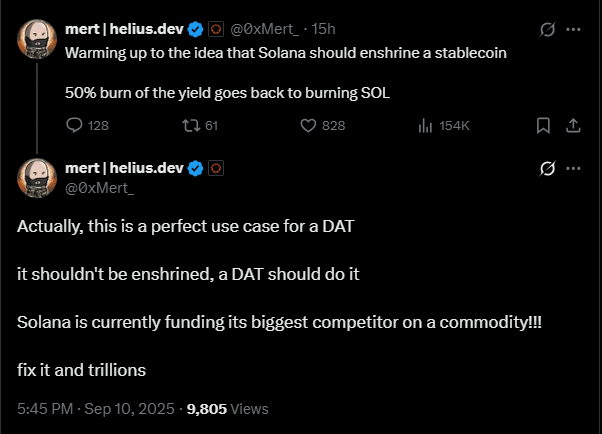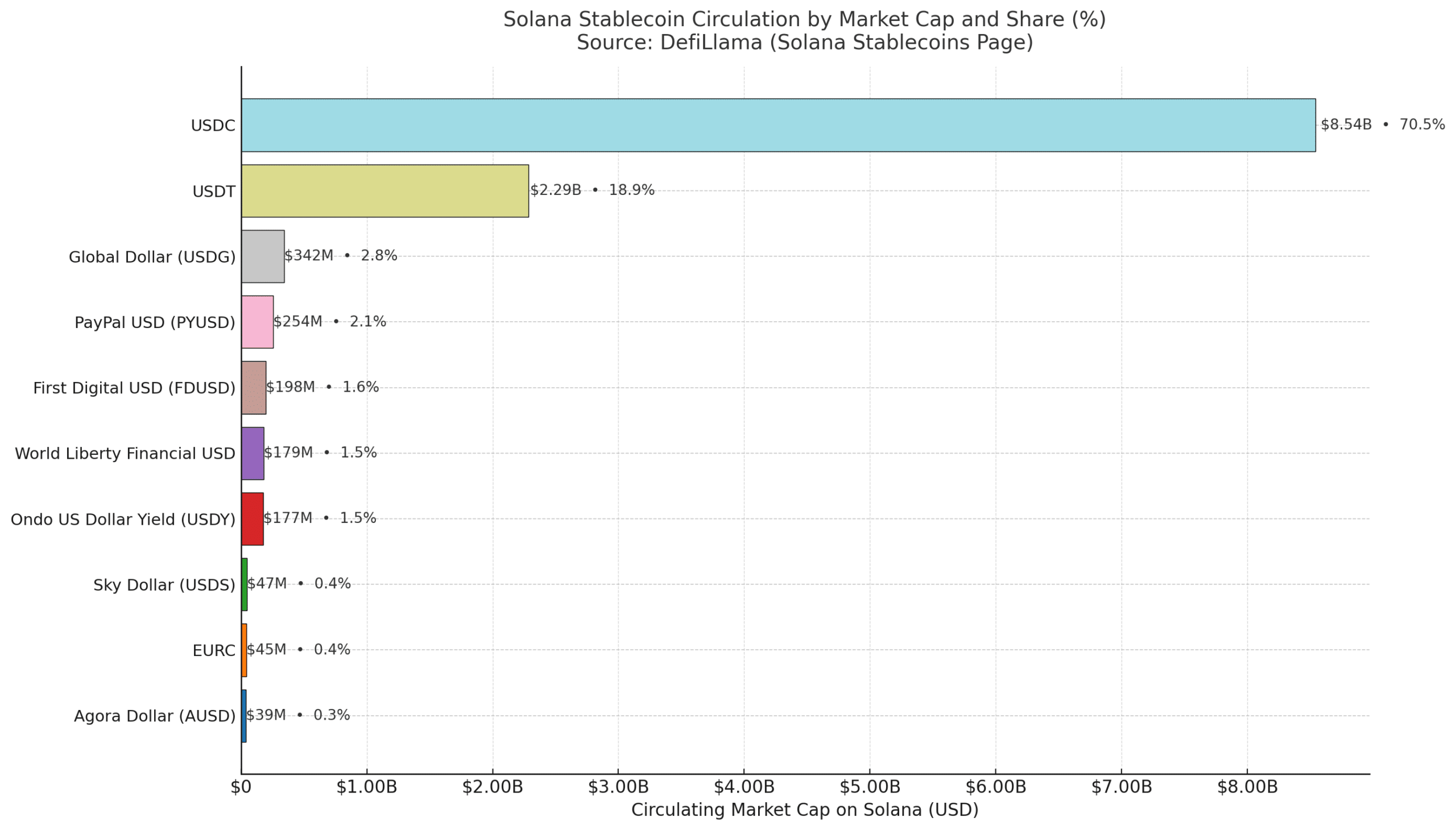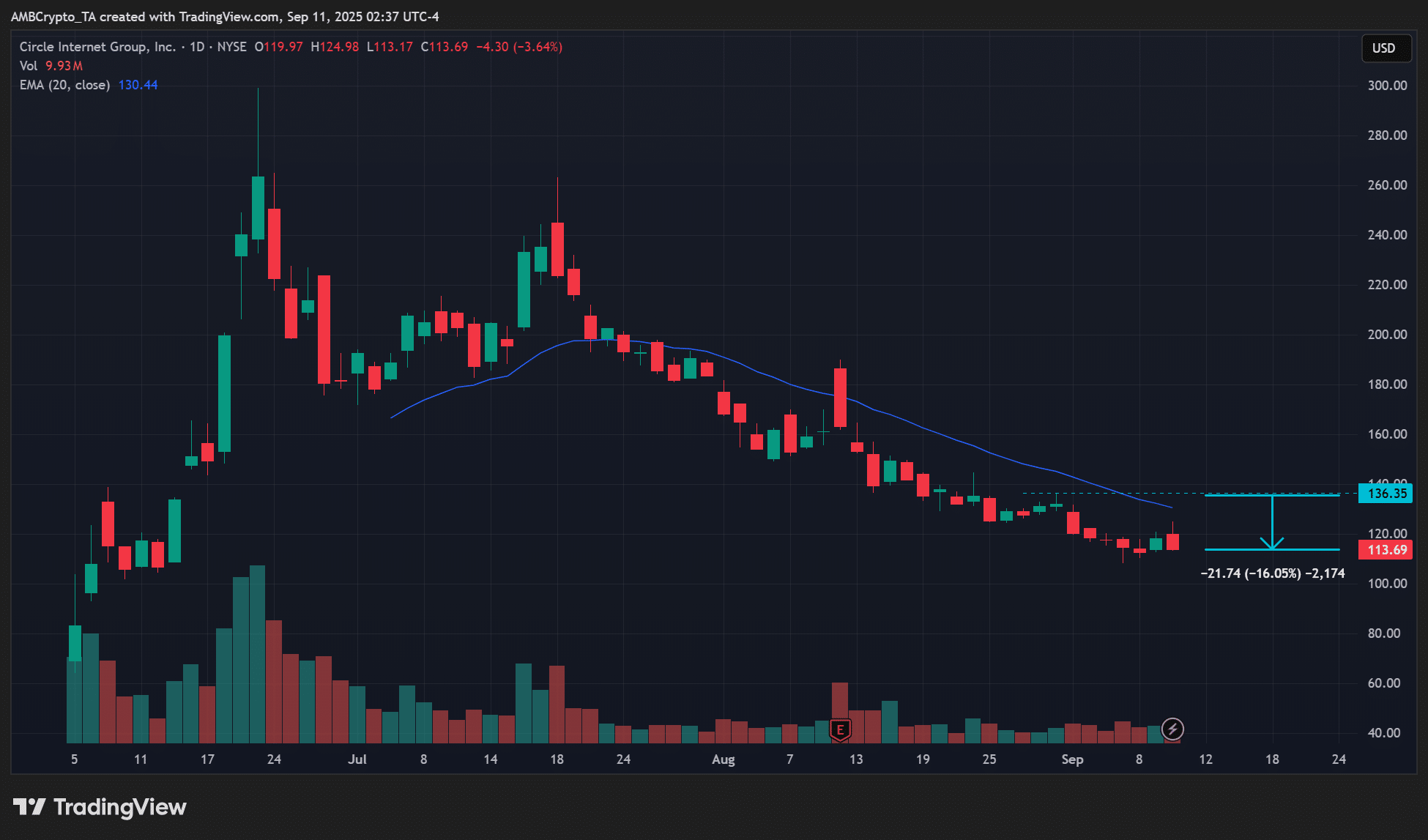Solana developers are proposing a native stablecoin model that redirects USDC yield into the Solana ecosystem via a USDH-style issuer; the change would mint a SOL-aligned stablecoin whose reserve yield partly funds SOL buybacks and ecosystem growth, potentially reducing USDC’s dominance on Solana.
-
Solana stablecoin proposal: redirect USDC-like yield to Solana via a USDH-style issuer.
-
Proposal suggests a large share of reserve yield be used for SOL buybacks and ecosystem funding.
-
USDC currently holds ~70% of Solana stablecoin supply (~$8.5B); at 4% yield that equates to >$340M annualized.
Meta description: Solana stablecoin proposal aims to replace USDC yield with a SOL-aligned USDH model, redirecting reserve interest to SOL buybacks and ecosystem growth — read the implications.
What is the Solana stablecoin proposal and why does it matter?
The Solana stablecoin proposal would create a SOL-aligned stablecoin (USDH-style) whose reserve yield funds ecosystem value accrual, such as SOL buybacks and protocol incentives. This aims to capture interest revenue currently earned on USDC in Solana liquidity pools and direct it to Solana stakeholders.
How would a Solana-aligned stablecoin work in practice?
The proposal calls for a stablecoin issuer to allocate a defined portion of interest generated by reserves toward ecosystem support. Hyperliquid’s USDH model, which routes over 90% of yield to value accrual (including token buybacks), is the template referenced by supporters.
Under a Solana version, suggested mechanics include: short-term reserve deployments that earn yield, periodic conversion of yield to SOL for burns or treasury, and governance-set parameters for the yield split.

Source: X
Why is USDC at a crossroads on Solana?
USDC currently dominates Solana’s stablecoin supply, representing roughly 70% of supply (~$8.5 billion) per DeFiLlama data. That market share generates meaningful reserve yield — at a 4% yield rate, that equates to over $340 million annually — and most interest revenue benefits Circle and Coinbase, not Solana.
Who supports and who opposes the idea?
Notable supporters include Solana figures and some institutional investors who argue a native stablecoin would increase SOL buy pressure and on-chain revenue capture. Skeptics warn it could increase fragmentation across Layer-1s and prompt protocols to favor their own DATs to retain yield.

Source: DeFiLlama/COINOTAG
Market participants including Multicoin Capital and some Solana founders have publicly supported exploring models that redirect stablecoin yield back into L1 treasuries or token buybacks. Critics point to coordination, legal, and technical hurdles.
How could the change impact Circle, Coinbase and CRCL stock?
Circle currently retains revenue from USDC reserve yields and shares some fees with Coinbase; a shift away from USDC on Solana could reduce revenue streams tied to USDC circulation. Publicly, CRCL (Circle listing symbol shown in reporting) saw a price impact after Hyperliquid introduced USDH, illustrating potential market sensitivity.

Source: CRLC, TradingView
What are the likely next steps for Solana and the wider market?
Market actors will likely debate governance frameworks, reserve management practices, and issuer selection processes. Implementation requires technical audits, legal review, and community governance approval before any SOL-aligned stablecoin can be adopted widely.
Frequently Asked Questions
Could a Solana-stablecoin replace USDC on the network?
A Solana-stablecoin could reduce USDC’s dominance by offering an issuer that returns reserve yield to the Solana ecosystem, but full replacement would require broad market adoption, liquidity migration, and developer/operator alignment.
How much yield does USDC generate on Solana?
Using DeFiLlama figures, USDC supply on Solana is approximately $8.5B; at a 4% yield rate that implies roughly $340M annualized in interest, the majority of which currently benefits Circle and partner platforms.
Who would govern a Solana-aligned stablecoin?
Governance models could include DAO-based decision-making, a multi-signature treasury, or trusted issuer arrangements, depending on community consensus and legal/operational risk management.
Key Takeaways
- Yield capture matters: Capturing reserve yield could redirect hundreds of millions annually into Solana value accrual.
- Market shifts are possible: A USDH-style issuer on Solana could change stablecoin market share and affect firms tied to USDC revenue.
- Execution is complex: Legal, technical, and coordination challenges remain; governance and issuer selection are central.
Conclusion
The Solana stablecoin proposal seeks to convert passive USDC reserve yield into active ecosystem value by adopting a USDH-style model that funds SOL buybacks and growth. The idea has prominent supporters and clear economic rationale, but it faces practical and governance hurdles; the market response will determine whether Solana pursues an official adoption.
